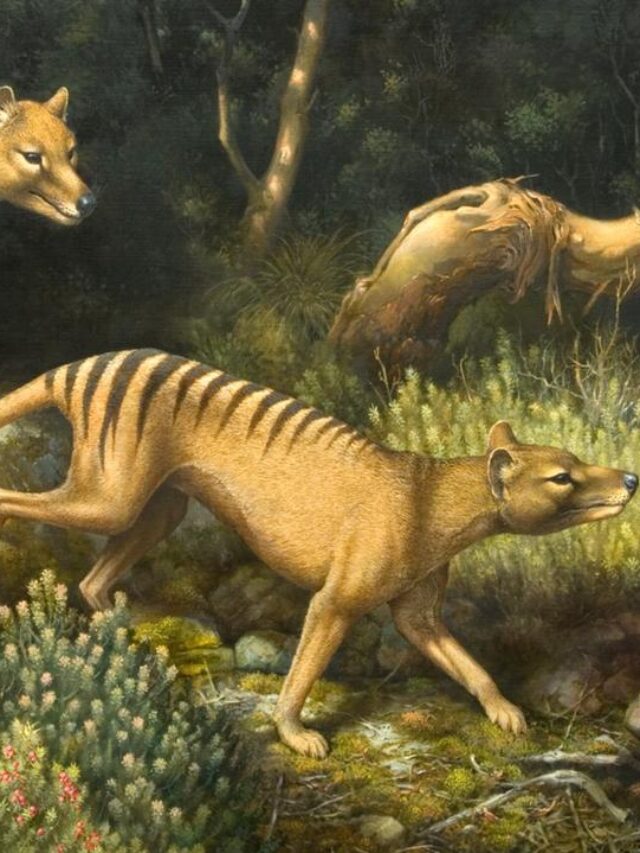Introduction
In this comprehensive guide, we will unravel the captivating world of Painted Turtles. These beautiful aquatic turtles are not only a delight to observe but also play a vital role in our ecosystems. By the end of this article, you will have an in-depth understanding of their physical features, habitat, behavior, diet, and the importance of their conservation.
The Vibrant Appearance of Painted Turtles
Painted Turtles (Chrysemys picta) are known for their striking appearance. They exhibit a colorful and intricate pattern on their carapace (upper shell) that resembles a beautiful painting. This remarkable pattern varies among individuals, making each one unique. Typically, they display a mix of red, yellow, and orange markings, making them one of the most visually appealing turtle species.
Habitat and Range
Painted Turtles are primarily aquatic and are commonly found in North America. They inhabit a variety of freshwater environments, such as ponds, lakes, slow-moving rivers, and marshes. These adaptable creatures are known for their ability to thrive in a wide range of aquatic habitats.
Behavior and Daily Life
Basking Behavior
One of the distinctive behaviors of Painted Turtles is their basking habit. They often perch on logs, rocks, or any available surface above the water to soak up the sun’s warmth. This behavior helps regulate their body temperature and aids in digestion.
Feeding Habits
Painted Turtles are omnivores, and their diet includes a mix of aquatic plants, algae, small invertebrates, and occasionally, small fish. Their foraging activity is most active during the day.
Reproduction
Painted Turtles reproduce by laying eggs, and this process is a fascinating aspect of their life cycle. Mating usually occurs in the spring, and females then seek suitable sites to lay their eggs. These sites are typically sandy or loose soil near their aquatic habitat. The incubation period lasts about 72 to 80 days, with hatchlings emerging in late summer or early fall.
Conservation Status and Efforts
Importance of Conservation
The conservation of Painted Turtles is crucial because they serve as indicators of the overall health of aquatic ecosystems. Their presence in a habitat signifies water quality and the ecosystem’s overall well-being.
Threats
These turtles face several threats, including habitat destruction, water pollution, and road mortality. The destruction of wetlands, which are essential to their survival, has a significant impact on their populations.
Conservation Initiatives
Conservation efforts are underway to protect Painted Turtles and their habitats. These initiatives include wetland restoration, turtle-friendly road crossing projects, and public awareness campaigns to reduce human impact on their populations.
Conclusion
Painted Turtles are not just remarkable for their captivating appearance but also for their ecological significance. They are vital components of our freshwater ecosystems and deserve our attention and conservation efforts. This article has provided you with a comprehensive overview of their physical features, habitat, behavior, diet, and the importance of their conservation. We hope it inspires you to appreciate and contribute to the protection of these mesmerizing turtles.















